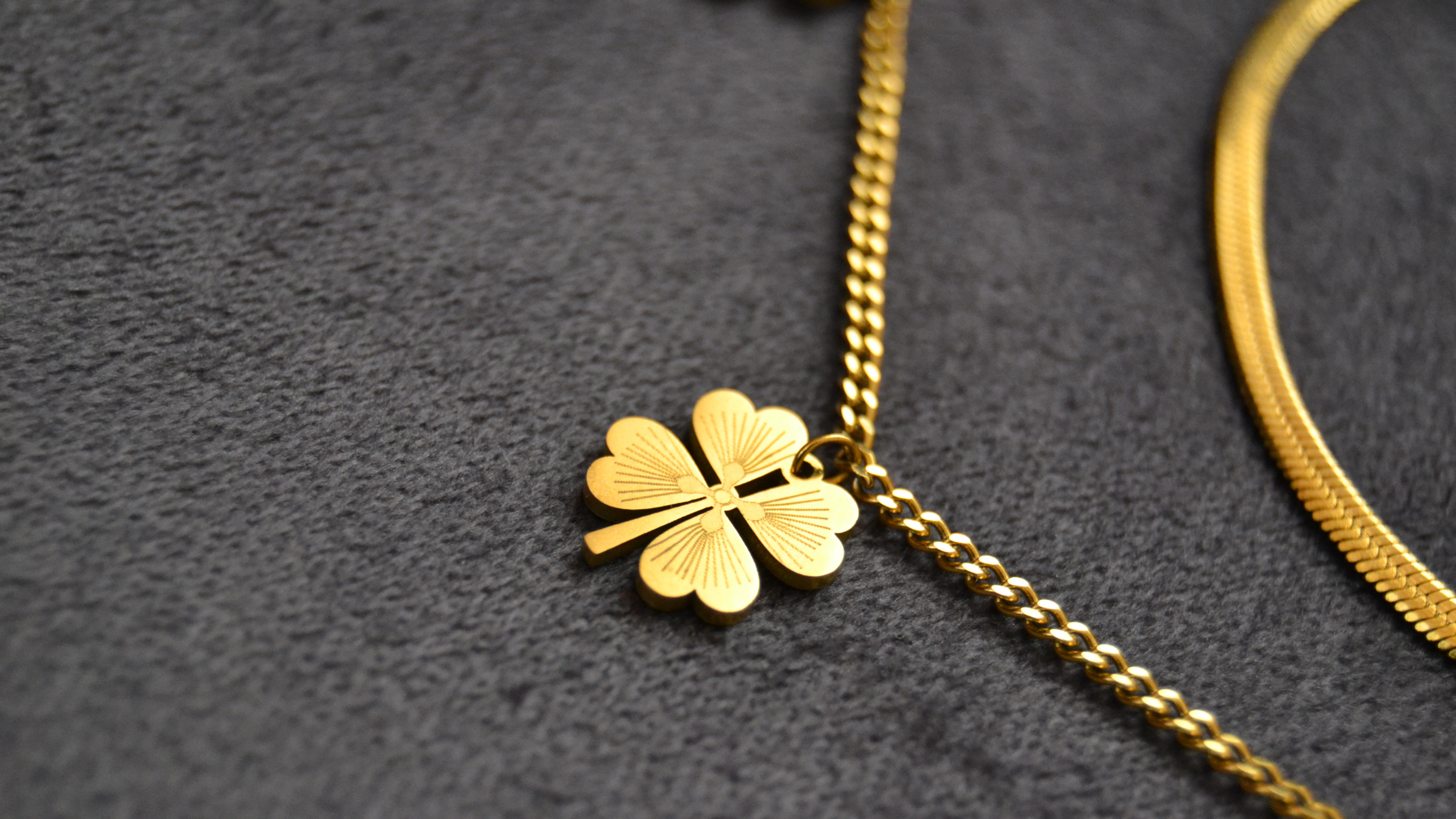From the timeless elegance of yellow gold to the strength and sophistication of platinum, and the romantic blush of rose gold, there are countless choices when selecting the perfect metal for your jewellery. Just like choosing a diamond, personal preference plays a key role, as each metal brings its own unique charm to the final piece.
At Siara, we believe that an informed choice is the best choice. That’s why we’ve created a comprehensive guide to help you find the perfect metal for your dream jewellery.
Gold Guide
When purchasing gold jewellery, two key factors to keep in mind are the carat and the color. Both influence the overall appearance and feel of your piece, making it essential to understand their significance.
Carat, often abbreviated as KT or K, refers to the amount of pure gold blended with other metal alloys. The higher the gold content, the greater the value. For instance, 18K gold jewellery will always hold more value than a 14K piece, regardless of whether it's yellow, white, or rose gold. Understanding these differences ensures you choose a piece that perfectly suits your style and needs.
1. Yellow Gold
Yellow gold is a timeless and traditional choice for jewellery. For those who plan to wear their pieces daily, opting for a lower carat is often recommended, as it contains less pure gold, making it more durable and resistant to everyday wear.

How Is Yellow Gold Made?
Yellow gold is crafted by blending pure gold with alloy metals like zinc and copper. The higher the gold content (carat), the richer and deeper the yellow hue will be.
While high-carat gold is prized for its vibrant color, it’s essential to note that it is also softer and more susceptible to scratches and wear over time.
2. White gold
Sophisticated and modern, white gold is an excellent choice for those who love pairing it with silver jewellery, as the similar tones create a seamless look. Its versatile hue also makes it a stunning setting for colored gemstones, enhancing their brilliance beautifully.

How Is White Gold Made?
White gold naturally has an off-white or cream tone, achieved by blending pure gold with white metals such as silver, palladium, or magnesium. While it comes in various carats, 9K is commonly used for added durability, making it ideal for everyday wear.
Since white gold is essentially yellow gold mixed with other metals to lighten its color, it never becomes purely white. To enhance its brightness, it is often coated with rhodium plating, which may wear off over time, requiring occasional re-plating to maintain its lustrous finish.
3. Rose gold
Chic and sophisticated, rose gold has been a part of jewellery design since the 1920s but has seen a surge in popularity in recent years. Its warm, blush-toned hue is not only visually striking but also incredibly versatile, making it a favorite choice for modern jewellery lovers.

How Is Rose Gold Made?
Rose gold gets its distinctive blush tone by blending pure gold with copper alloys. This durable composition makes it an excellent choice for everyday wear.
The shade of rose gold varies depending on the copper content—higher gold purity results in a softer pink hue, while more copper creates a deeper, redder tone. However, those with copper sensitivities should consider opting for a higher carat to minimize potential skin reactions.


Share:
Ring Size Guide
Siara: Redefining Luxury with Lab-Grown Diamonds